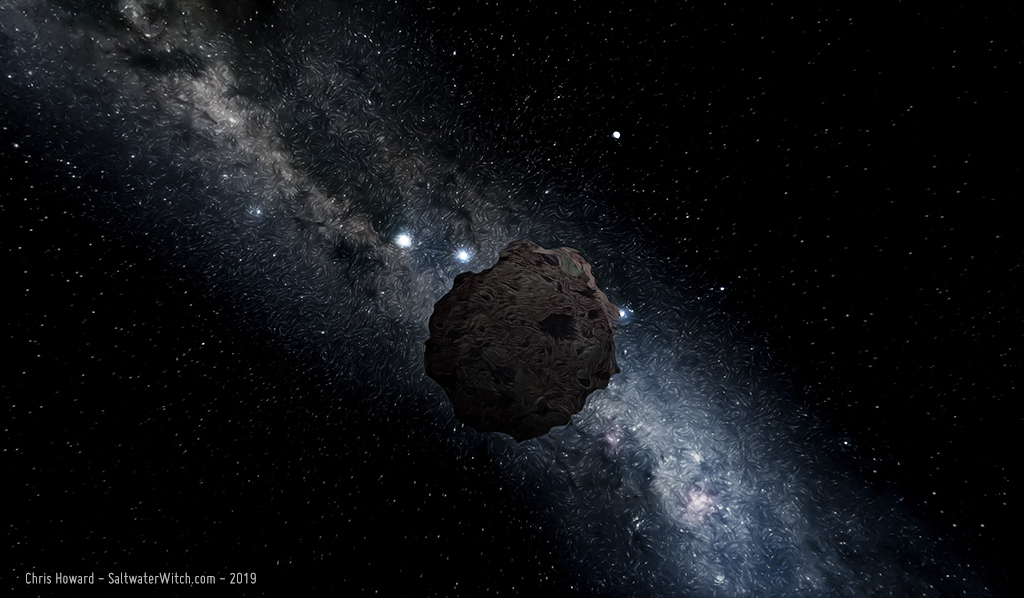Aurora Borealis
Some strong geomagnetic storminess from our star gave us some beautiful auroral activity on the night of May 10th and into the morning of the 11th. I shot a batch of images at different times, mostly with my iPhone, which did surprisingly well. Both of these are pretty much straight from the camera--I just resized and saved at jpgs.
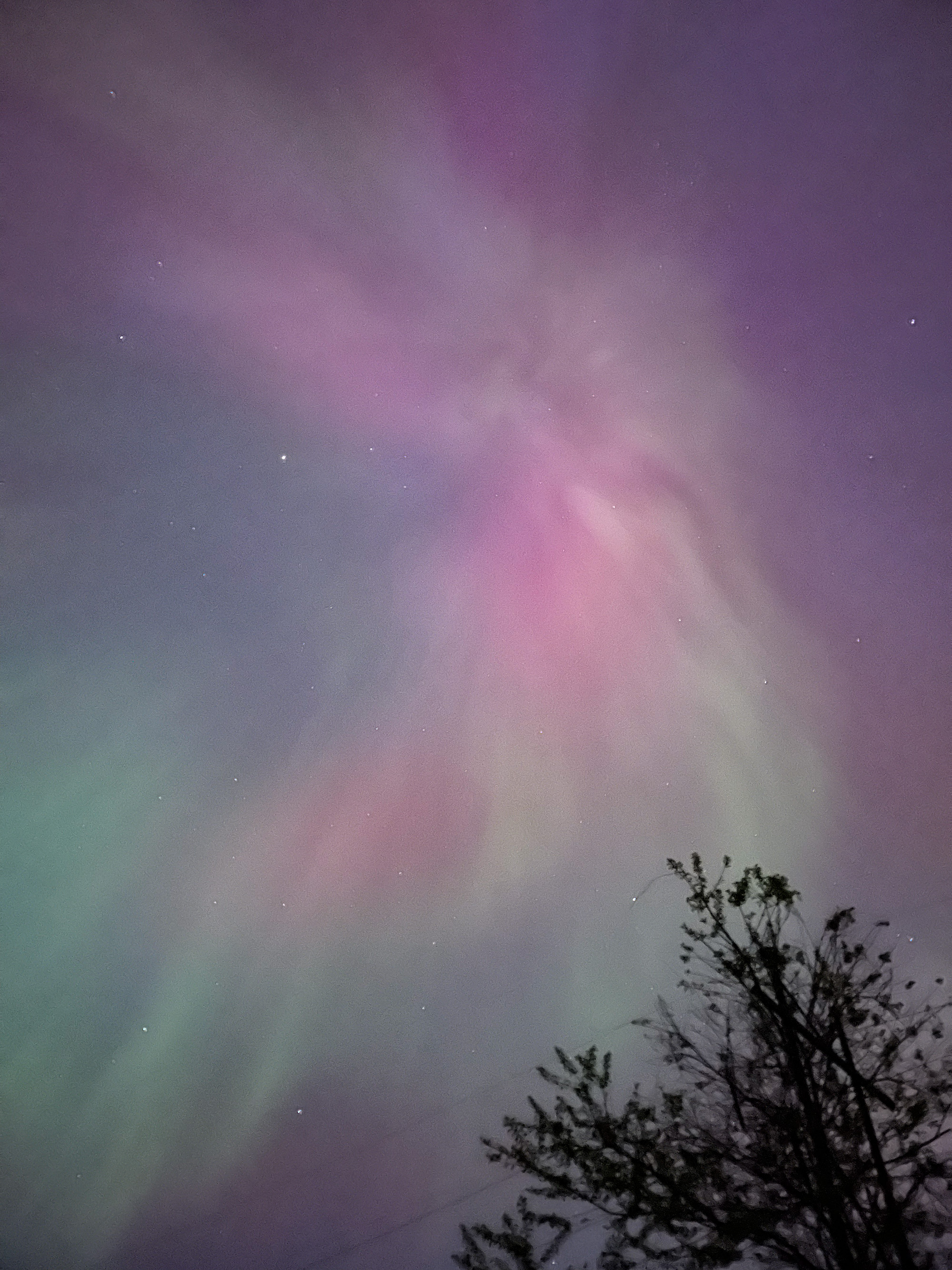
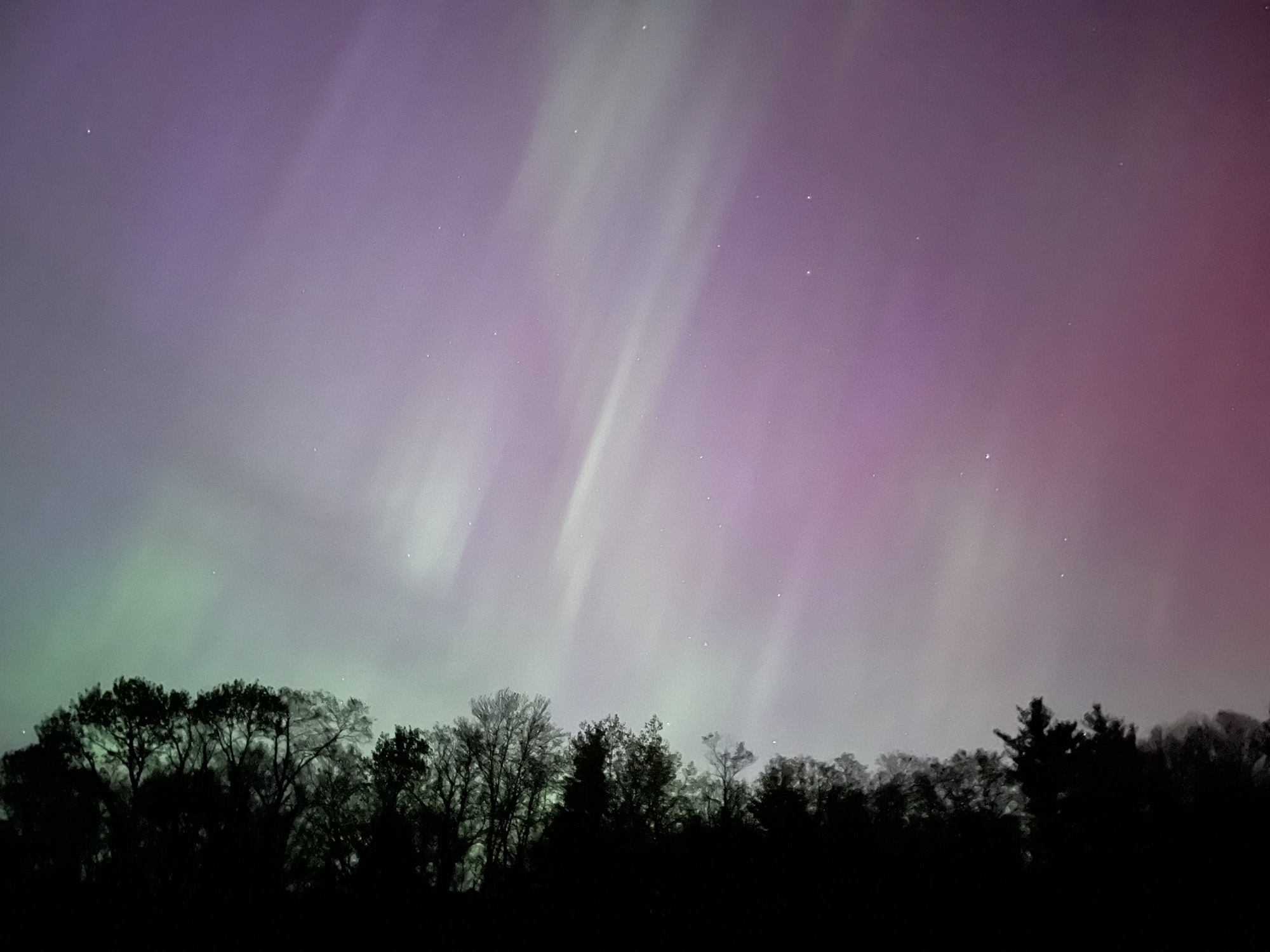
Posted May 11, 2024
One of those nights...
Everything seemed to be working against any sort of astronomy stuff happening. A nearly full moon, a crazy amount of condensation in the air, and a thick layer of haze that turned out to be smoke from some devastating wildfires in Canada and northwest US. Here's what the backyard looked like in infrared. I should have known to call it a night (earlier than I did) when Jupiter was the only object I could really see in the sky. These cameras are way more sensitive than our eyes, and with narrowband filters I can usually shoot on a full moon night, but Nature wasn't having any of it.

Click here to see the latest smoke map for North America. Here's what the smoke layer looked like at the time:

Posted September 10, 2022
What the Hell Happened to Canes Venatici?
<rant-cam ON>
Holy Rutting Poseidon, the pronunciation of the constellation Canes Venatici in English is an abomination (From wikipedia: /ˈkeɪniːz vɪˈnætɪsaɪ/). Seriously, you're telling me the accepted pronunciation is Kay-neez Ven-AT-i-SAI? The old ghost of a classicist in me (although more ancient Greek than Latin) really wants me to go full Latin, something like Kahn-ess Wen-a-teekee, but Venn-ah-TEE-see sounds great, or even Venn-ah-TEE-chee. Canes Venatici is Latin for "hunting dogs". We don't have to go back that far, but why aren't we pronouncing it to something closer to Latin? There is no way in hell it should be pronounced Kayneez Ven-AT-i-SAI. Who is to blame for this barbarous pronunciation? No, seriously, I'm asking? Now I'm thinking "wikipedia" is supposed to be pronounced Why-kuh-pi-DIE-uh. That makes about as much sense.
<rant-cam OFF>
Posted June 6, 2022
So, Starlink is happening...
A few people have asked me for my thoughts on SpaceX's global high-speed internet service--literally "global" in that there will eventually be a constellation of satellites, numbering in the thousands, launched into LEO to support the entire system, and anyone just about anywhere on the planet should be able to access it.
As someone who spends a decent amount of time under the stars, taking very long exposure images of deep sky objects...I don't have a problem with Starlink. Starlink is just one more global data provider, along with Orbcomm and half a dozen others currently in orbit, and several more that appear to be duplicates of Starlink--OneWeb/Boeing is in the works, and Amazon is planning another.
There are thousands of satellites orbiting our planet right now, and I see them all the time. I rarely image at less than 2-minute exposures, and depending on the narrowband filters I'm using I will go as high as 30-minute exposures for a single frame. The chances that something in the sky passes in front of my field of view are high. Depending on the focal length/FoV you're using you may never see them--long FL, very small FoV. Wide-field long exposure astro-imaging will probably pick them up.
Just to settle some questions I keep seeing: four of the sixty Starlink satellites currently in orbit are "misbehaving" according to SpaceX President Gwynne Shotwell--she said this at a talk at MIT a couple days ago. SpaceX is working on those, and they're the four you see at dawn and dusk without a telescope. I am assuming that when any number are properly working you won't be able to see them at all. These 60 are also running a bunch of tests, ion-thruster burns to maneuver in orbit and all that. So I expect this--right now--is the worst as far visibility goes.
And then there's the Elon Musk statement that the ISS has lights. And yes, when the International Space Station passes overhead what you're seeing is the sun reflecting off the solar arrays. Not lights. However the ISS does have lights--and is just visible through a camera or telescope when they are on. But they only use them when astronauts/cosmonauts go out to maintain components, change batteries, etc., and that's not that often, so using the ISS as an example of what's in store for astronomers isn't a fair comparison on any side. It's massive and much brighter than these tiny Starlink sats, and there's only one of them--not thousands.
I get why astronomers are angry, especially the wide-field survey scopes that will probably have to do some fancy stuff to remove the growing number of satellites in any frame. I also understand the proponents with the argument that 3 billion people don't have internet access, and that most of the Earth doesn't have coverage at all without specialized and expensive satellite gear.
At the end of the day, we live on a planet with an atmosphere with narrow windows of true astronomical night and crappy weather some of the time (or a lot of the time depending on where you live). Because of urban lighting 1/3 of all humans, roughly 2.5 billion, can't even see our own galaxy, the Milky Way. If you're against this from the clear skies side, light pollution from expanding cities is a far bigger problem for most people. (https://www.lightpollutionmap.info)
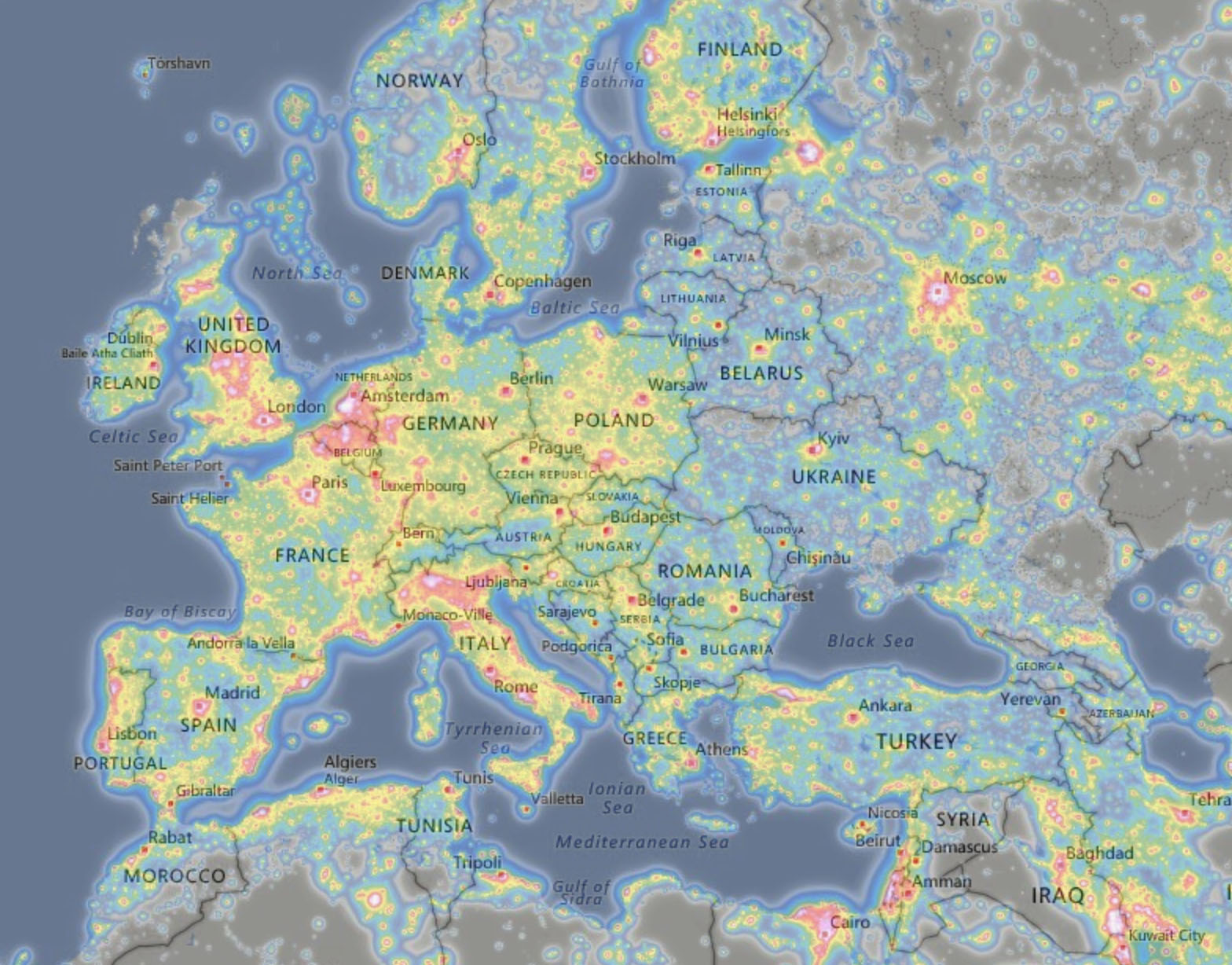
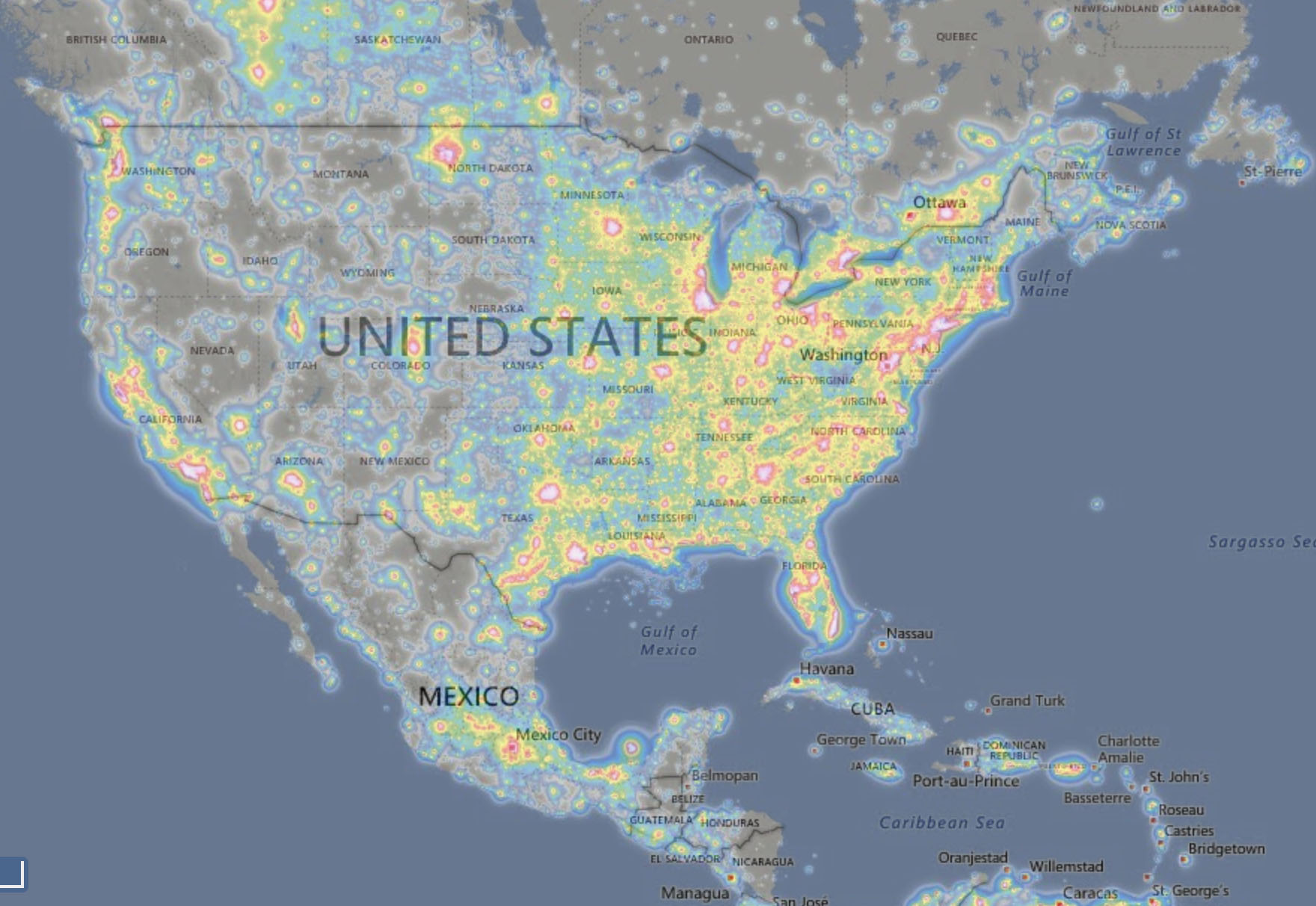
Posted June 2, 2019
Use your backyard astro gear to detect objects at the edge of the solar system!
Well, maybe. Astronomers in Japan discovered a new Kuiper belt object (KBO), a rock with a 1.3km radius at the edge of our Solar System. That's more than 7.1 billion km, 4.4 billion miles away. What makes this story particularly remarkable is the equipment used to make the discovery, a pair of Celestron 11" RASA astrographs--basically something I can purchase from many astronomy equipment vendors. That's what is so amazing. Equipment powerful enough to detect 1.3 kilometer-sized chunks of rock at the edge of our solar system is easily available to amateur astronomers. This is my "artist's rendering", with the rock occulting a bright background star, which is the method used by the astronomers to detect it. Here's the article in Nature Astronomy: https://www.nature.com/
